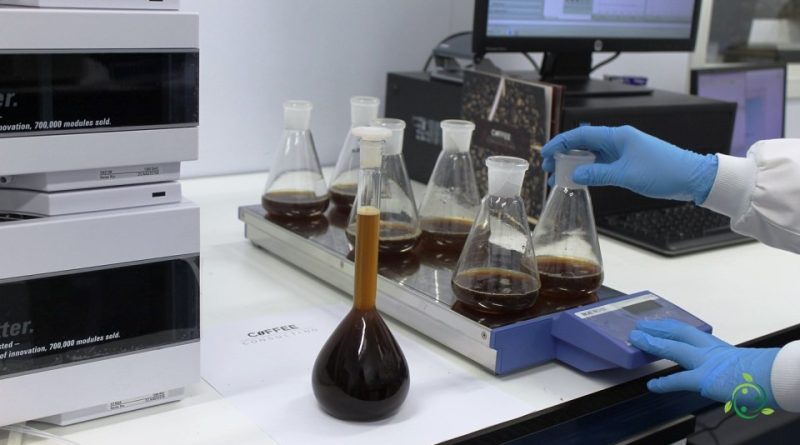Total organic carbon
Total organic carbon
Total organic carbon, abbreviated TOC, is a measure of the amount of carbon bound in an organic compound and is often used as a non-specific indicator of water quality or in the analysis of fumes resulting from combustion as an index of the level of completeness of the combustion itself.
TOC is a measurement that therefore indicates the total quantity of organic carbon present in a substance or in a sample of material. TOC is often used in various contexts, including water, air and soil analysis, as well as in environmental, chemical and biological fields.
In the context of water analysis, TOC is used to measure the overall amount of organic carbon dissolved or suspended in water. This parameter is important because organic carbon can be a source of contaminants or can affect water quality. Water contaminated with organic substances can pose a risk to human health and the environment, so TOC measurement is a key aspect of water quality monitoring and control.
In the analytical context, TOC can be determined using techniques such as thermal oxidation, catalytic combustion or chemical methods. TOC analysis results provide crucial information for environmental management and water treatment, as well as for monitoring the cleanliness and effectiveness of industrial processes.
In a water sample, carbon is usually present both in the form of inorganic compounds (carbonates, bicarbonates and carbon dioxide) and organic compounds in the dissolved and/or suspended phase. The organic substances most commonly present in natural waters are fulvic and humic acids. To differentiate the different carbon fractions, three parameters have been identified:
TC Total carbon (sum of TIC and TOC)
TIC Total inorganic carbon
TOC Total organic carbon which in turn is present in two different phases:
DOC Dissolved Organic Carbon – organic fraction of carbon that passes through a 0.45 µm membrane filter
POC Particulate organic carbon fraction of carbon retained by the membrane.
Therefore, to carry out a correct measurement of TOC it is necessary to take into account the inorganic carbon present in the sample (in pure water inorganic carbon can be present in quantities up to 20 times higher than organic carbon). To obtain an exact TOC value you can proceed in two ways:
Subtract the inorganic carbon value (TIC) from the value obtained in the analysis (TC), thus obtaining the TOC.
Remove the portion of inorganic carbon before analysis, usually by acidifying the sample (for example by adding HCl) which allows the stripping of CO2 in solution. In this way, however, there is a risk of losing the fraction of volatile organic components (VOC) present in the sample.

